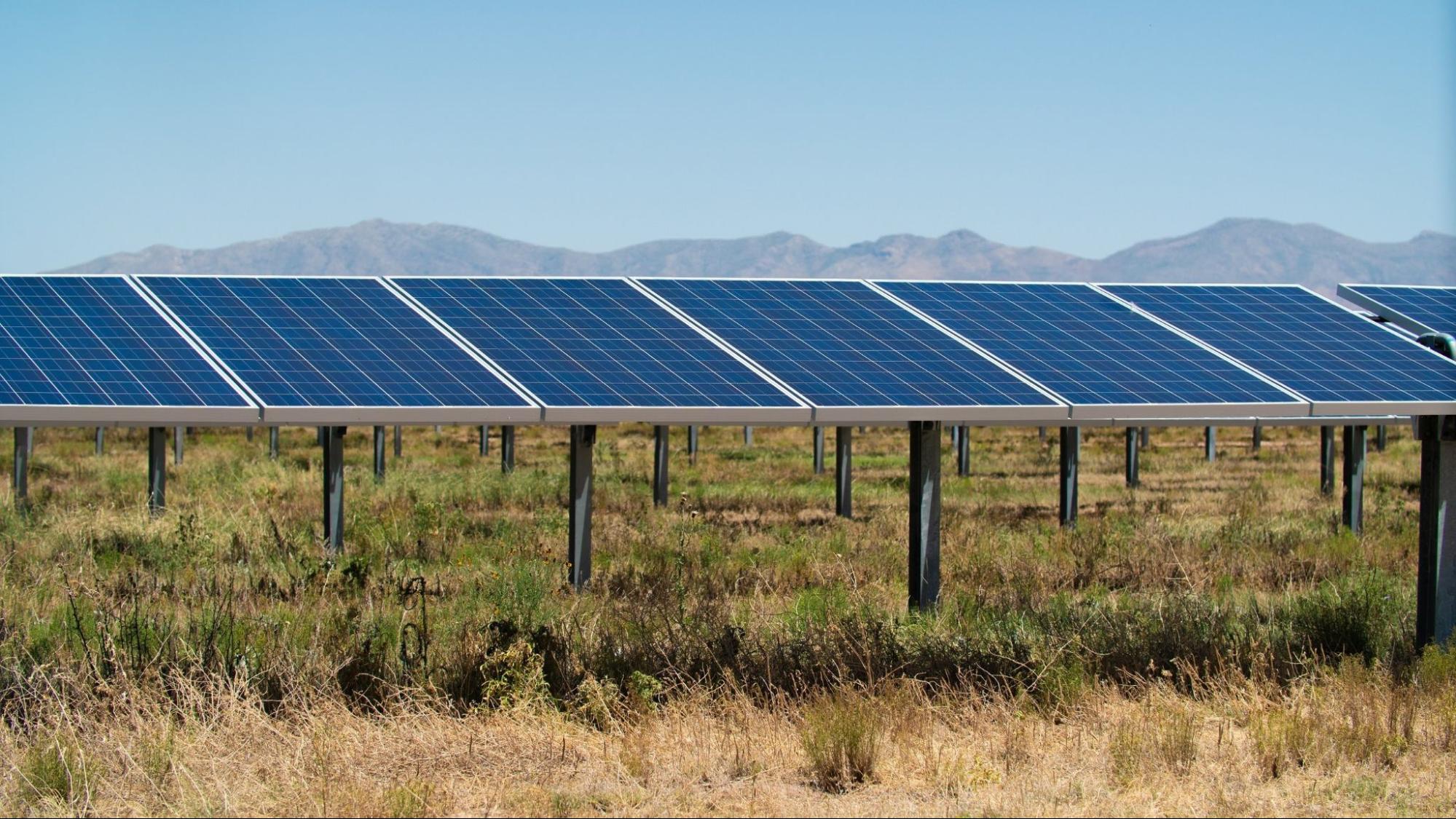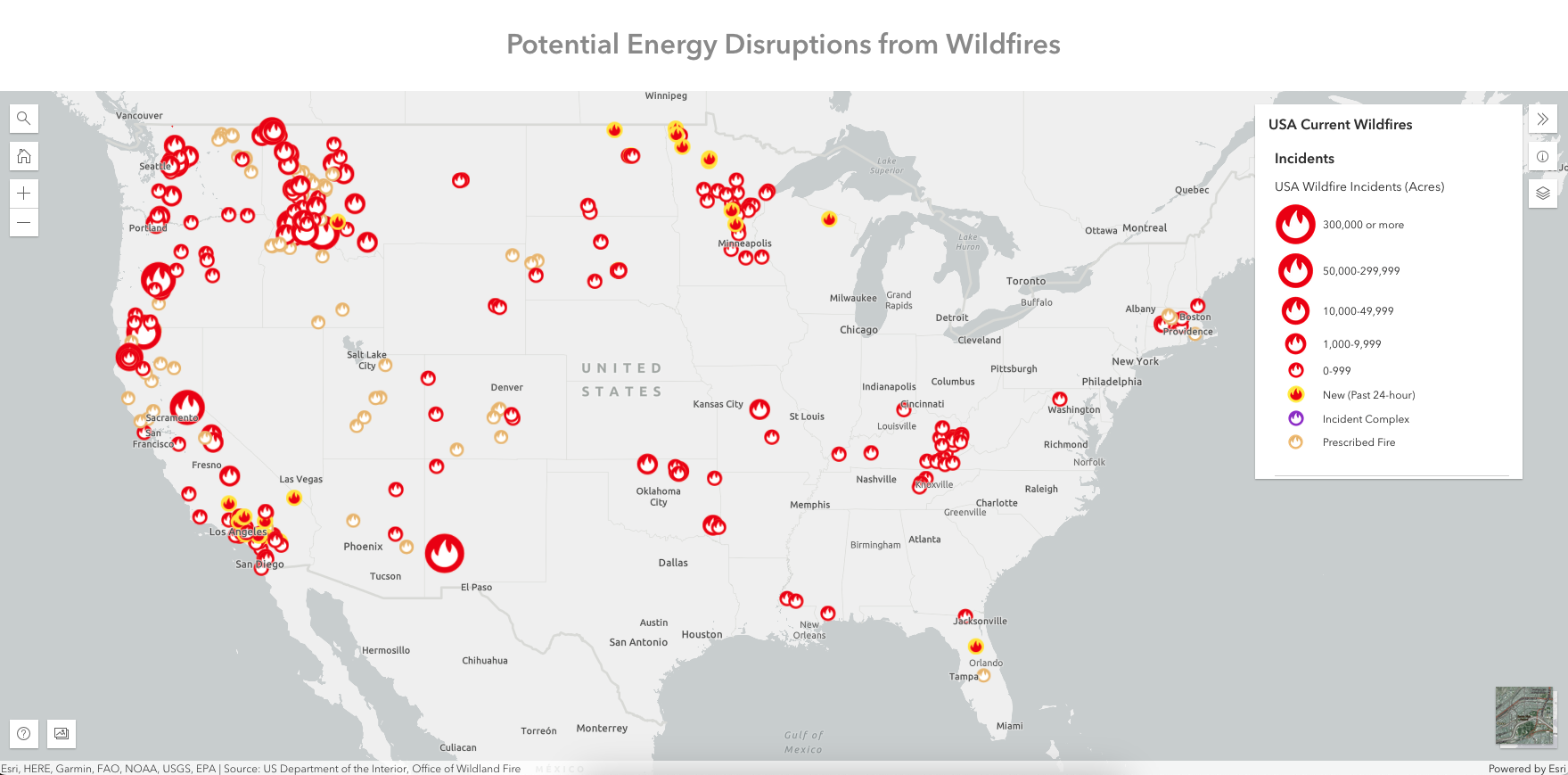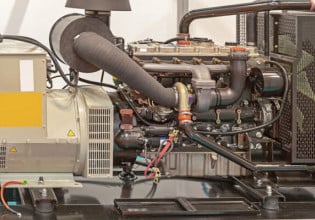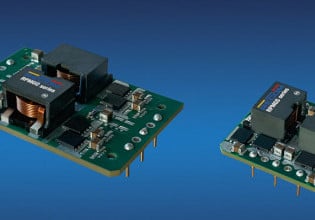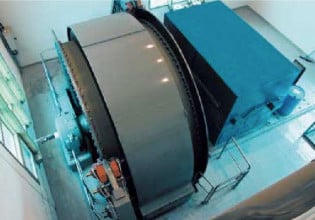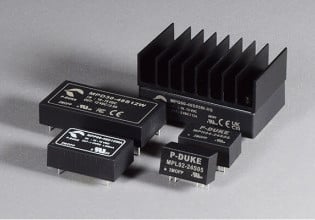ENGIE NA Adds Solar & Battery Storage Capacity, Expands Microgrid Projects
Energy service provider ENGIE North America announced it is increasing its solar and battery storage capacity in several states and expanding its microgrid installations in California.
ENGIE North America, the Texas-based division of French utility giant ENGIE, recently acquired 6 gigawatts (6 GW) of solar and energy storage capacity across several states. It also announced a new microgrid installation in Santa Barbara, California.
An ENGIE solar array in Texas. Image used courtesy of ENGIE North America
Both announcements boost the company’s renewable energy portfolio, which currently stands at around 4 GW of installed capacity.
New Solar, Battery Storage Capacity
ENGIE announced its acquisition of 6 GW of solar and standalone battery storage development projects from Belltown Power U.S., the homonymous subsidiary of its U.K.-based parent, Belltown Group Limited. The deal includes 33 projects totaling 2.7 GW of solar with 700 megawatts (MW) of paired storage and 2.6 GW of standalone battery storage. The projects span several transmission interconnection points, including the jurisdictions of four operators headquartered in Texas, Pennsylvania, Indiana, and Utah.
The acquisition supports ENGIE North America’s growing renewables portfolio, with 3.9 GW of installed capacity as of mid-2022. It’s worth noting that this is far from its target of 80 GW by 2030. However, the company stated in its 2021 sustainability report that 12 GW of renewable projects were still in the development pipeline.
In a press release, ENGIE North America Chief Renewables Officer Dave Carroll said that the geographically diverse mix of solar and storage projects complements the company’s existing portfolio and opens opportunities to expand into new regions. Carroll also termed the 3.3 GW of battery storage projects a “critical enabler of flexibility,” helping improve grid reliability.
New Microgrid Installation in California
ENGIE North America also announced a new microgrid installation located at the Santa Barbara Unified School District. The installation includes 4.2 megawatts (MW) of solar across 14 locations, alongside six microgrids with 3.8 megawatt-hours (MWh) of battery storage for backup power and offsetting peak demand.
ENGIE expects the project to offset about 90% of the sites’ energy use with renewables, saving the district nearly $8 million over the project’s lifetime.
A diversified energy mix is critical as Californians face frequent power disruptions due to wildfires, mudslides, heat waves, and other weather events. Public safety power shutoffs are particularly common at this time of the year, as wildfire season extends beyond its usual summer patterns.
A map of potential energy disruptions from wildfires shows significant activity in the western half of the U.S. in early November 2022. Image used courtesy of the Energy Information Administration
This summer was particularly grueling for California’s power grid, as EE Power covered a few months ago. A statewide heat wave sent temperatures soaring more than 10 degrees Fahrenheit higher than normal. Per EIA statistics, California hit a 12-month record for daily electricity demand on Aug. 16, spiking to 44.9 GW.
According to the California Energy Commission, renewables accounted for 33.6% (or 93,333 GWh) of the state’s power generation mix in 2021. About half of that comes from solar installations, but with insufficient energy storage capacity, California’s power grid is strained in peak hours after the sun sets.
These issues have sparked new interest in microgrids—small-scale power installations that can help offload demand on the power grid by providing continued uptime during utility outages, public safety shutoffs, and high-demand events.
ENGIE’s latest microgrid installation in Santa Barbara comes a few weeks after the company completed a separate solar microgrid at the Chula Vista Elementary School District near San Diego. The $32 million project includes 8.1 MW of solar across 48 sites, managed by a microgrid system.
ENGIE has a few other microgrid projects at various stages of development in California, including a $41 million infrastructure upgrade in Solano County and a smart city program in Milpitas that would provide backup power through a microgrid.


